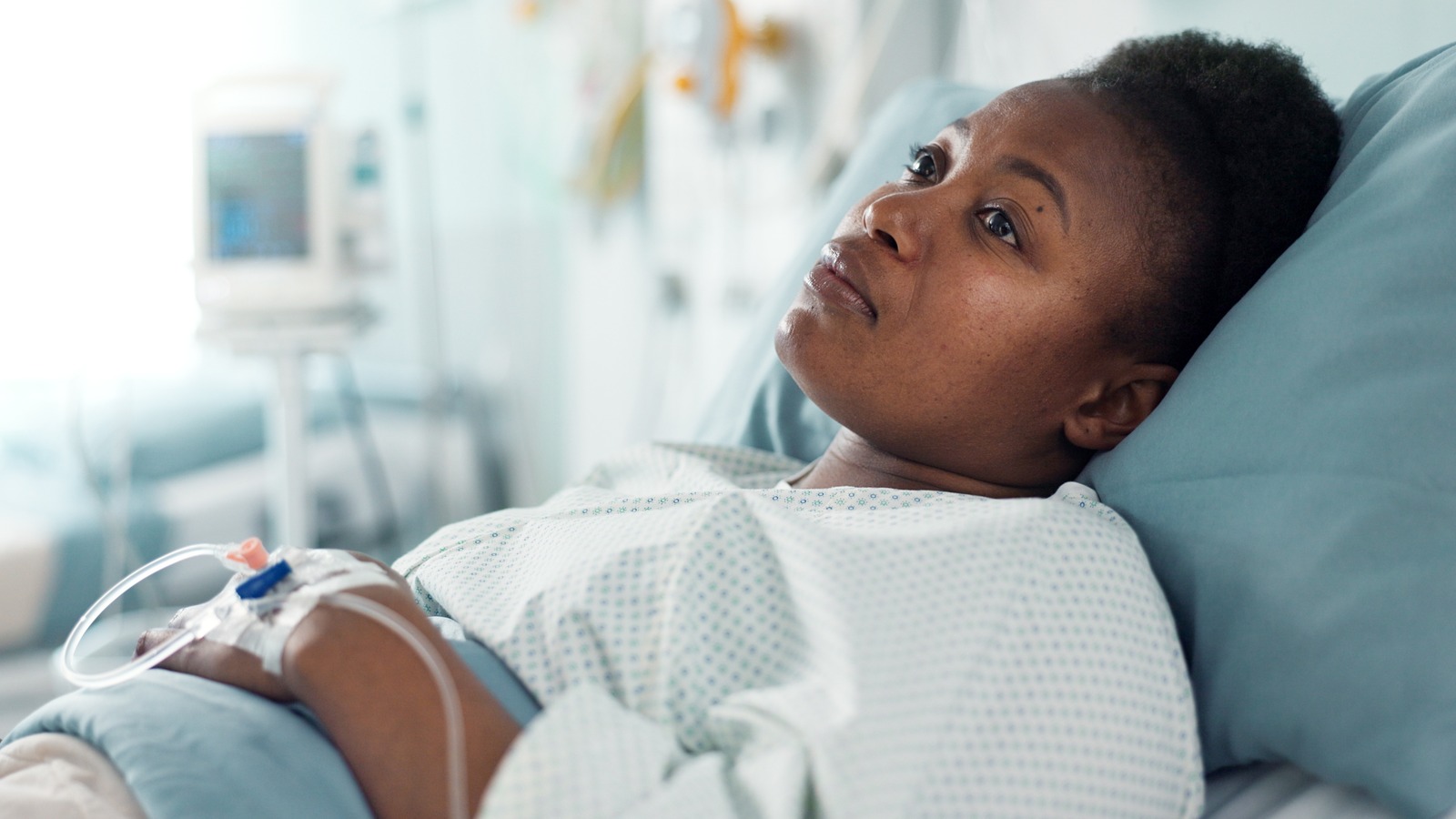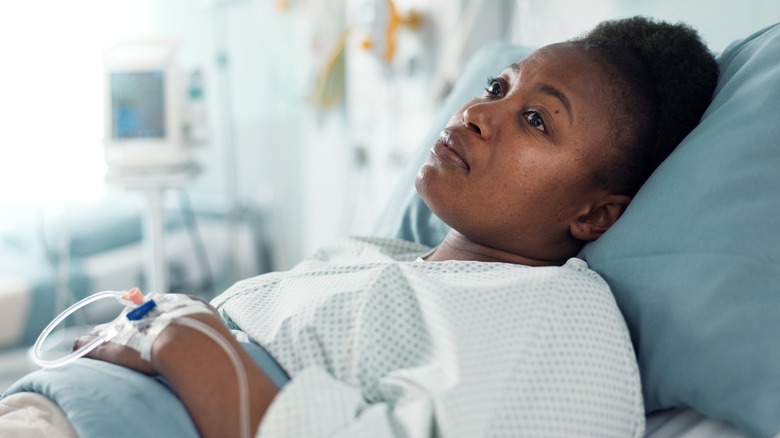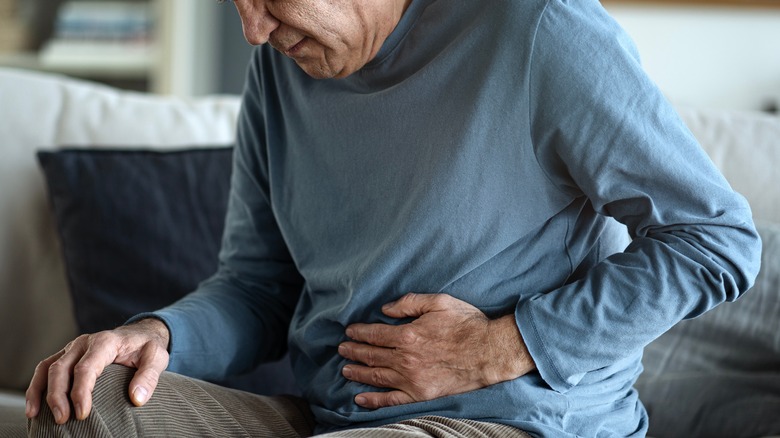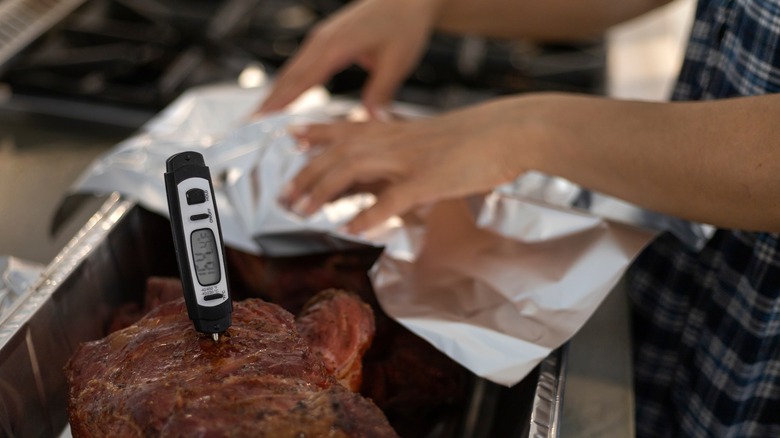
Is E. Coli Deadly? Here’s Your Mortality Risk – Health Digest
From time to time, outbreaks of E. coli pop up in the news cycle. For instance, in October 2024, dozens of McDonald’s restaurants were shut down when consumers became ill with E. coli after eating contaminated Quarter Pounders, according to the U.S. Centers for Disease Control and Prevention (CDC). And the U.S. Department of Agriculture (USDA) notes that on a seasonal basis, E. coli outbreaks seem to affect fresh bagged lettuce products. But is this all hype? Or should you be worried that you might die if you ingest food that contains E. coli?
Health Digest asked Dr. Jason Singh for his insights on the realities of E. coli infections. Dr. Singh is the Chief Medical Officer of One Oak Medical Group. He explains that while most E. coli infections resolve within about a week after the E. coli bacteria colonizes the intestines and releases toxins (which usually happens within 3-4 days after exposure), it’s important to stay vigilant and not assume that E. coli will simply pass.
As Dr. Singh advises, “Seek immediate medical attention if experience severe abdominal pain, high fever, bloody diarrhea, or signs of dehydration. These could indicate serious complications.” And those serious complications could be fatal for some people.
Getting a closer look at E. coli
The CDC notes that E. coli is a naturally occurring bacteria. Most people harbor some type of E. coli within their digestive tracts, and they’re not bothered by it. However, some E. coli strains, such as those associated with severe and widespread outbreaks like the one that happened at McDonald’s, can be downright dangerous.
Most people who eat foods contaminated with some E. coli strains will only experience mild to moderate symptoms and recover on their own. The Mayo Clinic states that these symptoms tend to concentrate within the stomach and intestinal tract (e.g., cramping, diarrhea, nausea, throwing up). Nonetheless, some individuals struggle to rebound from E. coli outbreak infections. Children, the elderly, and those with compromised immune systems are especially at high risk of having complications related to their E. coli exposure.
According to the Cleveland Clinic, roughly 17% of individuals who are infected with E. coli die from an associated problem like sepsis. Again, most of those people will fall into higher risk categories. However, even if you’re not in a high-risk group, you probably want to take measures to avoid E. coli when possible.
Keeping E. coli off the table
Dr. Jason Singh recommends thorough handwashing with soap and water to break down the bacteria’s protective outer membrane. He also suggests taking precautions in the kitchen. “When it comes to food safety, E. coli particularly thrives in raw meat, so it’s really important to cook ground beef to 160 degrees Fahrenheit, as this temperature effectively destroys the bacteria’s protein structure.” He adds, “Always keep raw meat separate from other foods and stick to pasteurized dairy products.”
Make sure to follow E. coli outbreak warnings, too. For instance, the CDC reports outbreaks on its website. If you hear about one, avoid the named food product, brand, or restaurant, and discard any potentially contaminated food or return it to the place where you bought it. That way, you and your family members will be less likely to accidentally eat (or cook with) ingredients named possibly having E. coli.
Fortunately, most people who have a close encounter with E. coli only experience unpleasant side effects and don’t die. But that doesn’t mean you shouldn’t play it safe; always be careful when buying and handling food.





